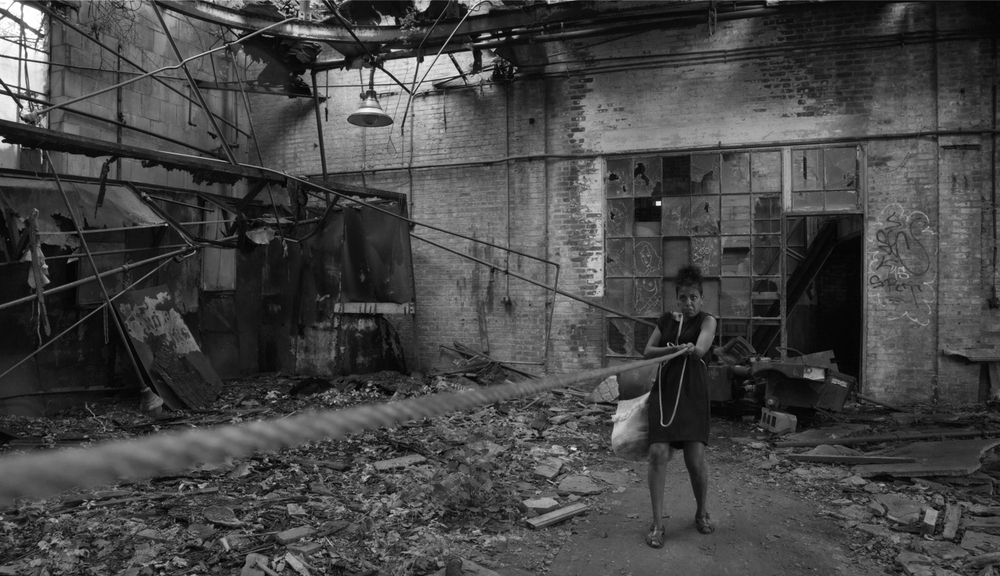
"CAUGHT IN THE ACT", 2020
first performed on October 24, 2020
EFA Project Space
performed once in 2020
ANNA PARISI
Gabriel Torres, Alexandria Deters, Natalia Almonte, Ryan D'Herde
Brooklyn, NY
155954536c155954536o155954536n155954536t155954536a155954536c155954536t155954536@155954536a155954536n155954536n155954536a155954536p155954536a155954536r155954536i155954536s155954536i155954536.155954536s155954536i155954536t155954536e
www.annaparisi.site
"CAUGHT IN THE ACT", 2020
ANNA PARISI
Inspired by the books The White Card by Claudia Rankine and Waiting For Godot by Samuel Beckett, “Caught in the Act” is a performance made for video format that portrays the relationship between two women from different racial backgrounds. It takes place at an abandoned hangar used for ballistic practice. Nature has taken over the entire space. Both women are stuck in a continuous action bound to each other by a long rope. They walk towards each other and away repeatedly. The black woman performs this while carrying rocks, and more weight is added along the way. The white woman is detached and seemingly unbothered.
The piece evidences their dependency on one another, their inability to communicate and see each other—despite repeatedly meeting halfway. It shows how this relationship is tarnished by ideas of racism, white fragility, and inequity. “Caught in the Act” explores how the racialized body deals with the weight of navigating space.
For people of color, circularity is a recurrent theme, a Sisyphean curse: the constant encounters with violence and oppression, the repeated protests against it, the continuous work, and the eternal curse of returning to where it all began—the eternal loop of violence, resistance, finding strength, and doing it all over again.
The black woman struggles to navigate space and finds solace in singing and humming repeated numbers (historical dates in Brazilian history that were moments of potential, liberation, or moments when black people had hope for equality). Essentially, these numbers act as a kind of mantra, a compulsive and obsessive way of coping with PTSD due to constant microaggressions, overt violence, and racism.
The first time in the performance when the two characters exchange looks, there is a brief moment of comprehension and empathy. They embrace, and for me, this moment acts as an invitation, as well as a gesture towards tolerance—even though “tolerance,” the word itself, doesn’t suffice as a concept, because tolerance implies respecting the other, their desires and needs, but the loophole is freedom of speech: “I can say this, and you have to respect it.” There is an aspect of decay that surrounds it, ideas decaying, and the potential of rebuilding. The piece contrasts these two elements of decay and rebuilding interestingly. The embrace is an invitation to reimagine and rebuild realities, utopias, or a moment that we might have lost.